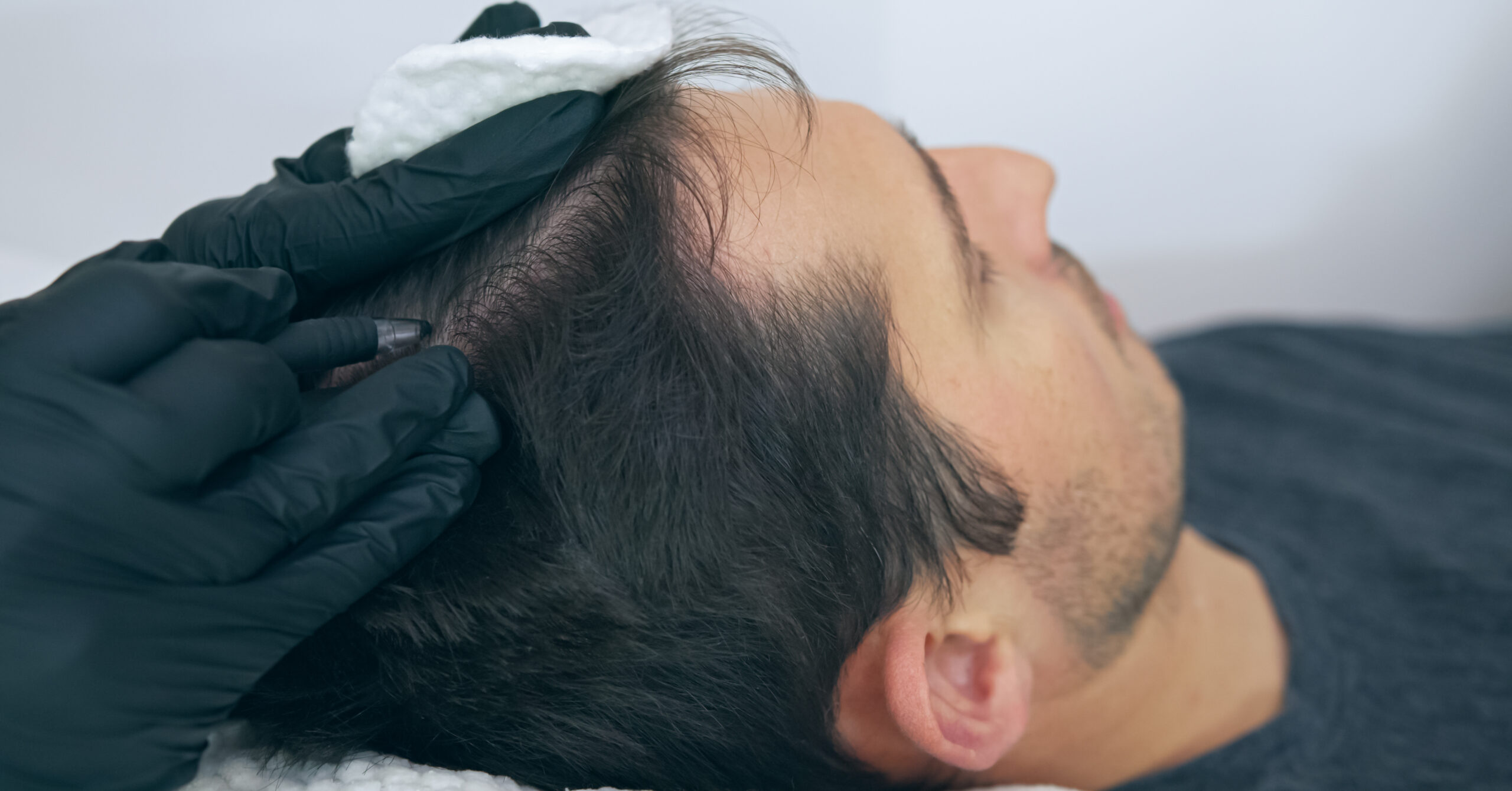Scalp Micropigmentation (SMP) is a non-surgical hair loss solution that has gained popularity in recent years. It involves tattooing tiny, specialized pigments into the scalp to mimic the appearance of real hair follicles. Whether you’re considering SMP to address hair loss, thinning hair, or to enhance your overall appearance, it’s essential to be well-informed before undergoing the procedure. In this blog, we will discuss the top 10 tips to consider when getting scalp micropigmentation.
- Research and Choose a Reputable SMP Provider: The first and most crucial step is to research and select a reputable SMP provider. Look for experienced technicians who specialize in SMP and have a proven track record of successful procedures. Read reviews, check their portfolio, and inquire about their training and certifications. Choosing a reliable provider ensures a safe and satisfactory experience.
- Consultation and Assessment: Schedule a consultation with the SMP provider to discuss your expectations and understand the procedure in detail. During this session, the technician will evaluate your scalp condition, hair loss pattern, and determine if SMP is suitable for you. They will also discuss the desired hairline, color matching, and density to achieve natural-looking results.
- Understand the Procedure: Educate yourself about the SMP procedure, so you know what to expect. It involves multiple sessions where the pigments are applied to the scalp using fine needles. Each session can last a few hours, depending on the extent of hair loss. Discuss the timeline, number of sessions required, and the healing process with your SMP provider.
- Preparing for the Procedure: Before the SMP treatment, follow the pre-procedure instructions provided by your SMP provider. These may include avoiding alcohol consumption, blood-thinning medications, and excessive sun exposure. Adhering to these guidelines will help ensure optimal results and reduce any potential risks.
- Post-Treatment Care: Proper aftercare is crucial for the success of SMP. Your SMP provider will provide detailed instructions on how to care for your scalp post-treatment. This may include avoiding excessive sweating, sun exposure, and applying specific ointments or moisturizers. Follow these instructions diligently to facilitate healing and ensure long-lasting results.
- Realistic Expectations: Maintain realistic expectations regarding the outcome of SMP. While SMP can provide the appearance of a fuller head of hair, it is not an actual hair transplant. Understand that SMP is a cosmetic solution and does not promote hair regrowth. Discuss the expected results with your SMP provider during the consultation to avoid any disappointments later.
- Color Matching and Hairline Design: Collaborate closely with your SMP technician to determine the most suitable hairline design and pigment color for your SMP treatment. It is crucial to achieve a natural-looking result that complements your skin tone and facial features. Your SMP provider’s expertise in color matching and hairline design plays a significant role in creating a convincing appearance.
- Maintenance and Touch-Ups: Over time, the pigments used in SMP may fade due to natural skin exfoliation and sun exposure. It is essential to discuss maintenance and touch-up sessions with your SMP provider. Regular touch-ups will help maintain the freshness and longevity of the SMP results. Understand the cost and frequency of touch-up sessions before committing to SMP.
- Potential Risks and Side Effects: While scalp micropigmentation is generally considered safe, it’s important to be aware of potential risks and side effects. These may include minor swelling, redness, and scabbing immediately after the procedure. In rare cases, infections or allergic reactions may occur. Choose a reputable SMP provider to minimize the risk of complications and ensure your safety.
- Post-Treatment Follow-Up: Once the SMP treatment is complete, schedule a follow-up appointment with your SMP provider. This allows them to assess the healing process and address any concerns you may have. Open communication with your SMP provider is crucial throughout the entire process to ensure your satisfaction with the results.
Conclusion:
Scalp micropigmentation can be a life-changing solution for those experiencing hair loss or thinning hair. By following these ten tips, you can make informed decisions, choose a reputable SMP provider, and achieve the desired results. Remember to conduct thorough research, maintain realistic expectations, and adhere to the pre and post-treatment guidelines provided by your SMP technician. With proper care and regular touch-ups, you can enjoy the benefits of a fuller head of hair and increased confidence for years to come.
References:
- “What Is Scalp Micropigmentation?” – International Association of Trichologists
- “Scalp Micropigmentation: A Review” – Dermatology and Therapy
- “Scalp Micropigmentation for Hair Loss: An Alternative Cosmetic Treatment” – Journal of Cutaneous and Aesthetic Surgery
